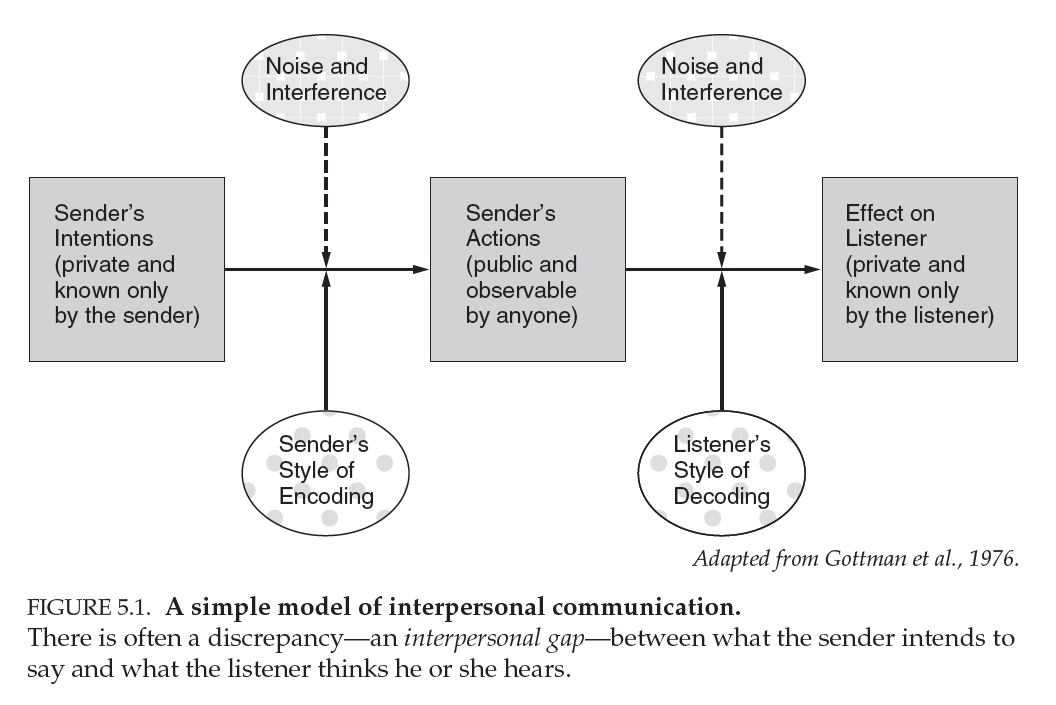A Comprehensive 2 Peter Overview: Unveiling the Key Themes and Messages of This New Testament Epistle
Guide or Summary:2 Peter OverviewAuthorship and ContextKey Themes in 2 PeterThe Promise of Christ’s ReturnStructure of 2 Peter2 Peter OverviewThe book of 2……
Guide or Summary:
- 2 Peter Overview
- Authorship and Context
- Key Themes in 2 Peter
- The Promise of Christ’s Return
- Structure of 2 Peter
2 Peter Overview
The book of 2 Peter is one of the lesser-known epistles in the New Testament, yet it holds significant theological insights and practical teachings for believers. Authored by the Apostle Peter, this letter addresses the early Christian community, emphasizing the importance of knowledge, moral integrity, and the anticipation of Christ's return. In this overview, we will delve into the key themes, structure, and messages of 2 Peter, providing a comprehensive understanding of this vital text.
Authorship and Context
2 Peter is traditionally attributed to the Apostle Peter, who was one of Jesus' closest disciples. The letter is believed to have been written shortly before Peter's martyrdom, likely around A.D. 65-68. This epistle serves as a follow-up to 1 Peter and addresses similar issues faced by the early church, including false teachings and moral decay. Understanding the context in which 2 Peter was written is crucial for grasping its message and relevance to contemporary believers.
Key Themes in 2 Peter
One of the central themes of 2 Peter is the importance of knowledge. Peter encourages believers to grow in their understanding of God and His Word. He emphasizes that knowledge leads to spiritual maturity, which is essential for resisting false teachings and living a life that honors God. In 2 Peter 1:5-8, Peter outlines a progression of virtues that believers should cultivate, starting with faith and culminating in love.

Another significant theme is the warning against false teachers. Peter identifies the dangers posed by individuals who distort the truth of the Gospel for their gain. He describes their characteristics and the destructive impact they have on the church. This cautionary message is particularly relevant today, as believers must remain vigilant against teachings that deviate from biblical truth.
The Promise of Christ’s Return
A crucial aspect of 2 Peter is the promise of Christ's return. Peter reassures believers that, despite the apparent delay, the Lord will return to fulfill His promises. In 2 Peter 3, he addresses the skepticism surrounding Christ's second coming, affirming that God's timing is not like human timing. This promise serves as a source of hope and motivation for believers to live righteously in anticipation of Christ's return.
Structure of 2 Peter
The structure of 2 Peter can be broken down into three main sections:

1. **Introduction and Call to Growth (1:1-15)**: Peter introduces himself and his purpose for writing, urging believers to grow in their faith and knowledge of Jesus Christ.
2. **Warning Against False Teachers (1:16-2:22)**: This section provides a stark warning about the dangers of false teachings and the consequences that await those who lead others astray.
3. **The Day of the Lord (3:1-18)**: Peter concludes the letter by reaffirming the promise of Christ's return and encouraging believers to live in holiness and godliness as they await the new heavens and new earth.

In summary, the 2 Peter overview reveals a rich tapestry of themes that are both timeless and relevant. From the call to knowledge and moral integrity to the assurance of Christ's return, this epistle offers valuable insights for believers navigating the complexities of faith in a world filled with challenges. By studying 2 Peter, Christians can deepen their understanding of God's Word, strengthen their faith, and remain steadfast in the face of adversity. As we reflect on Peter's teachings, may we be inspired to grow in our relationship with Christ and to share the hope of His return with others.